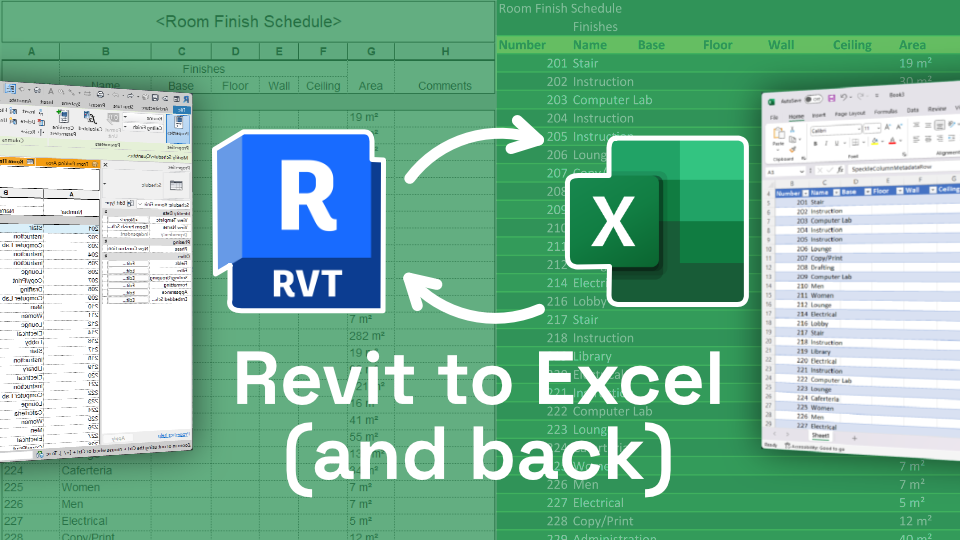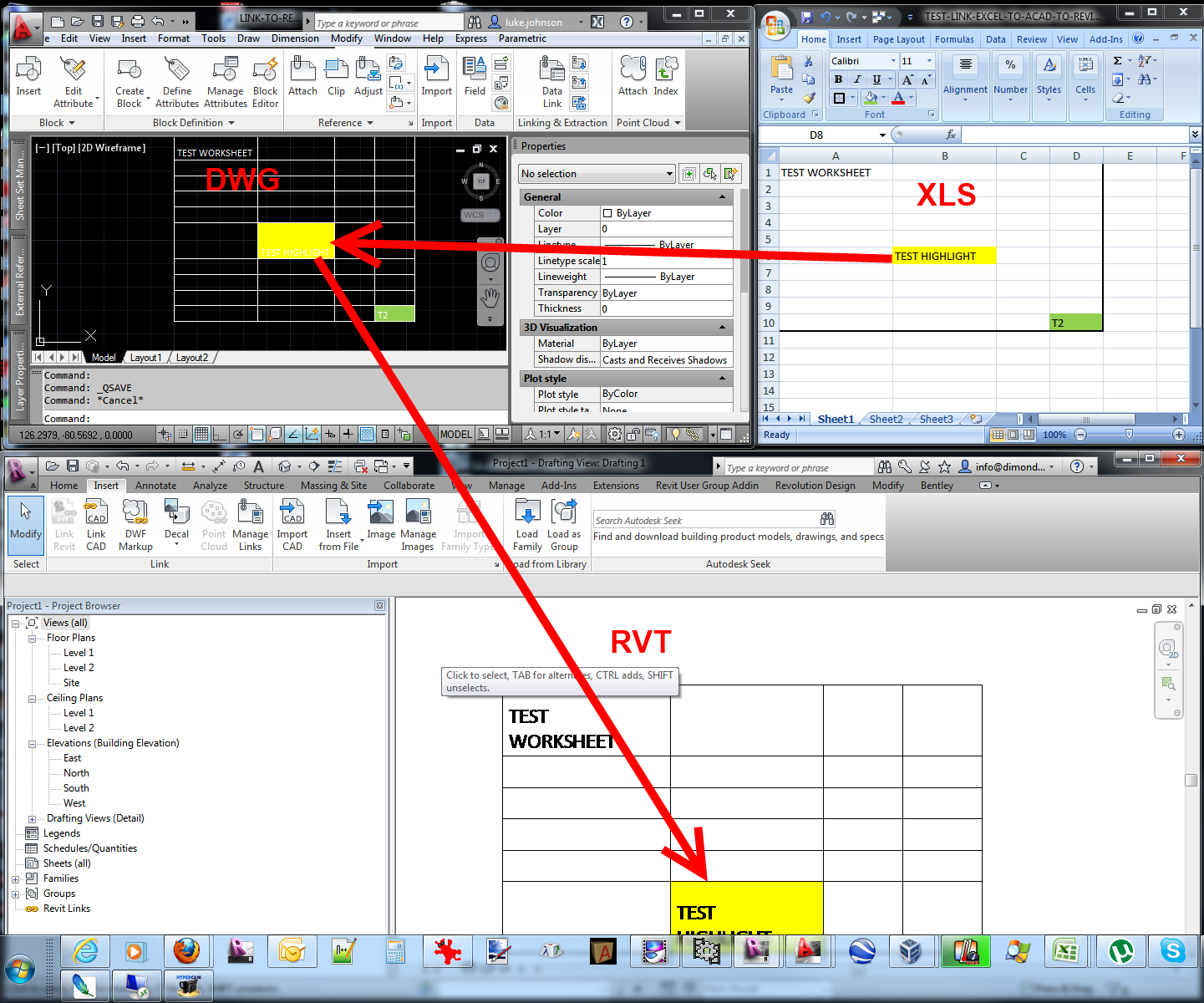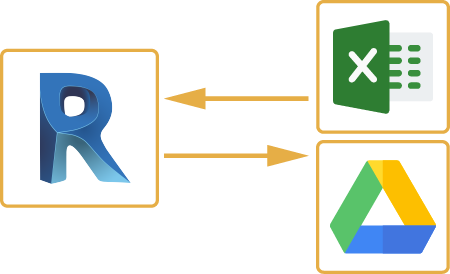Revit Tool Choice for Streamlined Modeling and Style
Wiki Article
Understanding the Art of Data Integration: How to Seamlessly Import Excel Data Into Revit
Are you having a hard time to import Excel files right into Revit smoothly? Look no more! In this short article, we will certainly lead you with the procedure of understanding the art of data combination. Discover the importance of seamless combination in Revit and discover the Excel file style for Revit combination. Prepare yourself to prepare your Excel data easily and follow our detailed overview to import documents right into Revit. With our finest techniques, you'll attain information combination success in no time at all. Allow's start!Comprehending the Relevance of Information Integration in Revit
Understanding the significance of data combination in Revit is essential for seamless importing of Excel documents. When you incorporate information from Excel right into Revit, it allows you to efficiently update and manage info throughout the entire project. This assimilation makes certain that your layout and building and construction procedure is exact and current.By integrating information, you can conveniently import and upgrade specifications, routines, and also geometry in Revit. This eliminates the need for hands-on information access, conserving you time and minimizing the threat of mistakes. With Revit's information combination abilities, you can maintain consistency and precision in your task, while additionally boosting collaboration among employee.

Exploring the Excel File Style for Revit Combination

In order to efficiently incorporate Excel files into Revit, it is crucial to make certain that the information is formatted properly. This includes effectively identifying rows and columns, as well as structuring the information in a manner that works with Revit's data schema. Revit utilizes certain criteria and groups to organize data, so it is essential to align the Excel information with these specifications to ensure a smooth combination.
Additionally, it is essential to note that Revit just supports particular data kinds when importing from Excel. These include message, numbers, and dates. Any kind of other information types, such as solutions or conditional formatting, will certainly not be recognized by Revit and might cause problems during the combination procedure.
Preparing Your Excel Data for Seamless Import Into Revit
To guarantee a smooth combination procedure, you'll require to effectively format and label the columns and rows in your Excel data prior to importing it right into Revit. Beginning by analyzing your Excel data and identifying which columns and rows include appropriate info for your Revit job.Following, make certain that the information in each column is effectively formatted. For instance, if you have a column for measurements, make certain that all measurements are consistently formatted in the same units of measurement. Revit relies upon regular format to precisely translate and import data.
Additionally, it is necessary to look for any type of empty cells or inconsistencies in your data. Revit might not have the ability to check out or import data from cells that are empty or contain mistakes. It is recommended to review your Excel information and clean up any inconsistencies prior to importing it into Revit.
Step-By-Step Guide to Importing Excel Record Into Revit
When you've effectively formatted and identified your Excel data, you can conveniently import it right into Revit by following this step-by-step overview. To begin, open Revit and browse to the "Insert" tab. revit tool.Next, a dialog box will certainly appear, permitting you to personalize the import setups. Right here, you can pick the worksheet you intend to import, define the series of cells to import, and choose the appropriate systems for your data. As soon as you've made your choices, click "OK" to continue.
Revit will certainly now show a sneak peek of your Excel data. Take a minute to ensure and examine the sneak peek that everything looks proper. If needed, you can make modifications to the import setups by clicking the "Settings" switch.
Ideal Practices for Data Combination Success in Revit
Make certain you adhere to these ideal methods to make certain successful assimilation of information in Revit. It is critical to organize your data in Excel prior to importing it into Revit. Be mindful of the systems and data types when mapping the import excel into revit information, as any kind of disparities can lead to mistakes in the combination process.One more essential practice is to frequently verify and update your information. As your job advances, it is vital to keep your Excel documents approximately date with any adjustments made in Revit. This will certainly assist maintain the precision and consistency of your data throughout both platforms. Additionally, take advantage of information validation devices within Revit to determine any mistakes or variances in the integrated information.
Last but not least, it is advised to develop a clear operations for information assimilation. This consists of specifying responsibilities and duties, setting up an interaction channel between employee, and developing a regular tempo for data updates and evaluations. By adhering to these finest techniques, you can guarantee a successful and smooth integration of information in Revit, inevitably improving the performance and accuracy of your job.
Verdict
To conclude, grasping the art of information integration is vital for seamless import of Excel files into Revit. Recognizing the importance of data assimilation in Revit is the first step in the direction of effective integration. Checking out the Excel documents format for Revit integration assists in recognizing the restrictions and needs. Preparing the Excel information correctly and adhering to a detailed overview is essential for a smooth import process. By complying with finest practices, you can make sure information assimilation success in Revit and make one of the most out of your job.When importing information from Excel right into Revit, it is crucial to comprehend the data style and exactly how it can impact the combination process (revit add ins). Revit utilizes particular specifications and groups to arrange information, so it is crucial to line up the Excel data with these specifications to make sure a smooth combination
Be mindful of the information and systems kinds when mapping the information, as any type of inconsistencies can lead to mistakes in the combination process.
Additionally, make use of information recognition tools within Revit to identify any kind of mistakes or variances in the incorporated data.

Report this wiki page